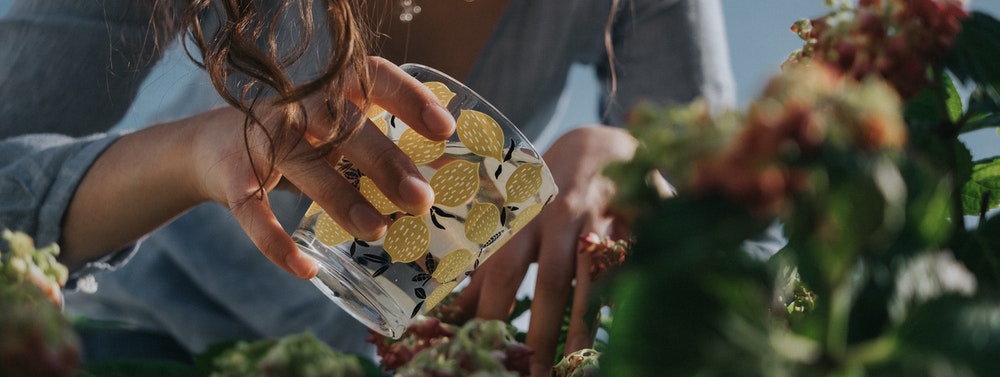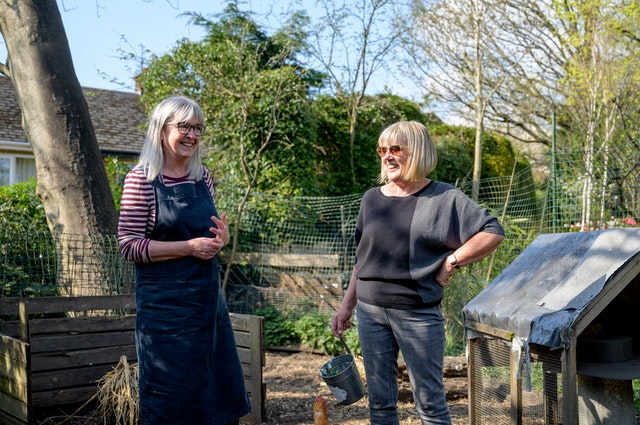How to Start a Community Garden
Living an eco-conscious lifestyle is a personal choice, but it’s much more fun when you get friends involved. Many sustainably-minded people form groups to bond with their neighbors while doing green activities. One classic community-building element is the community garden, which can provide fresh food and sustainability education.
This guide explains how to start a community garden so you can get together with like-minded friends and neighbors while helping the planet.
1. Spread the Word
Step one of any community action plan is to generate initial interest. You’ll only know if your garden will be a success if other people like the idea. Plus, your garden can only be a success if it is a group endeavor rather than one individual’s dream.
Spread the word about what you want to do by posting on social media or talking with your neighbors. If you get positive feedback, you’ll have enough gardening volunteers to take care of your plants.
2. Find a Great Location
Every garden needs a great location. It should get plenty of sunshine and rarely flood. The soil also has to have the right nutrient balance without being overloaded with sand or clay. Find a soil test kit to get accurate soil readings and compare locations without ever planting a seed.
Don’t forget that the best gardening spot also keeps your volunteers in mind. It should have easy parking access and comply with accessibility laws like the Americans with Disabilities Act (ADA). It won’t be worth your time or effort if your garden location discriminates against people who need extra considerations but still want to help.
3. Get Any Necessary Permits
You might know someone who owns private land and would offer it for your community garden. If you don’t, you’ll need to check with your local government to get any necessary permits for public land.
Non-profit organizations with land may also let you borrow their unused property without any legal hoops if you send a quick email or set up a meeting.
4. Apply for Grants
Any hobby requires funding. Unless you have enough money to buy your gardening supplies and pay for the upkeep, you can look into possible grants to get everything started. Depending on the size of your garden and what you grow, the maintenance may be minimal enough that you only need one grant to set everything up.
5. Ask for Volunteers
Once you’ve secured a spot of land and have the necessary funding, let everyone know your sign-up sheet is open. They can sign up through a social media group or a physical sheet of paper if you have a place to meet.
Everyone should also keep up their volunteer work throughout the garden’s growth season, so ensure they know this won’t be a one-time opportunity. Energizing the community to support the garden in the long-term will help it become a bedrock of the neighborhood rather than a short-lived interest.
6. Get Your Supplies
It’s time to turn some soil and plant seeds once you get the right supplies. Make a checklist of everything your group needs, like trowels, gloves, and watering cans. Talk with your volunteers about what seeds you’ll plant, too.
Your garden activities will look much different if everyone prefers flowers over vegetables. Creating a game plan will help get all neighbors on the same page about what they want from the garden.
7. Organise a Gardening Schedule
As you learn how to start a community garden, remember to create a schedule. Your volunteers should know when to meet as a group and when to stop by for their individual responsibilities.
Weeding and watering will need to happen regularly, so check with everyone’s schedules to organize a routine that works for everyone.
8. Create a Hangout Spot
Community gardens are all about socializing with your friends and neighbors. If they only go to your chosen lot to work, it won’t be as much fun. Make the garden an inviting space by adding benches or a picnic table. They’ll double as a place for kids to play while their parents work with the plants.
Start a Community Garden Today
Now that you know how to start a community garden, get started today! Think about what you’d want to grow and ask around to see if any locals are interested.
When you get everything set up with the proper permits, suitable land, and necessary supplies, you’ll all have a great time hanging out while making your community more beautiful.
Author Bio: Evelyn Long is a writer and the editor-in-chief of Renovated. Her work focuses on green building and sustainability initiatives.





Sorry, the comment form is closed at this time.